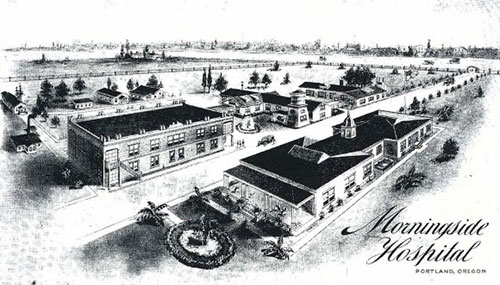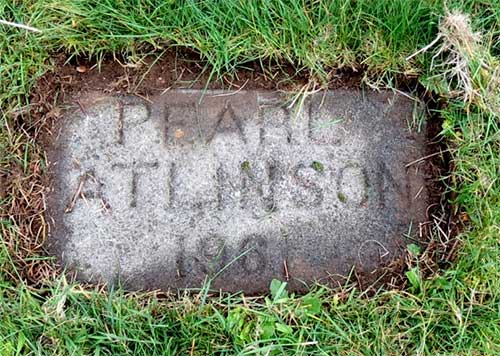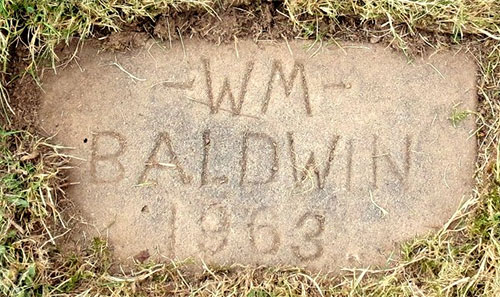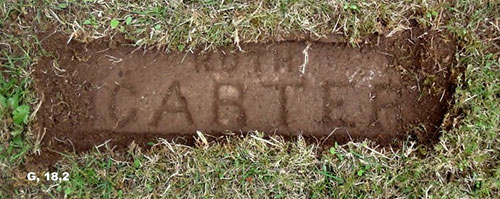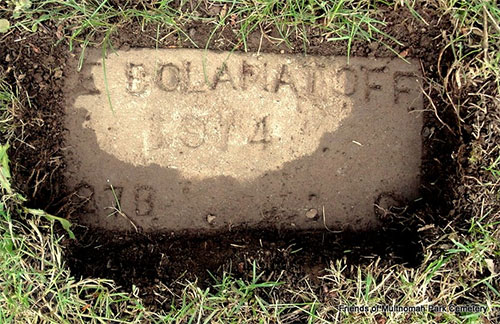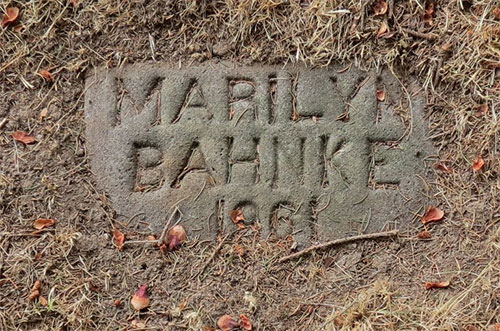
Group hopes for information on Alaskans sent to MorningsidePortland mental health facility housed 3,500 Alaskans prior to statehoodBy DAVE KIFFER February 11, 2016
As a result between 1904 and the early 1960s, Alaskan residents who needed such a facility were sent Outside, nearly all went to Morningside Hospital in Portland. At least 3,500 Alaskans ended up at Morningside and many lived out their days there, never seeing Alaska or their families again. Morningside was founded in 1899 by Dr. Henry Waldo Coe. It was located on a nearly 50 acre parcel of land at the corner of SE Stark Street and 96th Avenue.
Morningside Hospital promotional postcard from 1925
In 1904, Dr. Coe was awarded a contract from the US Department of the Interior to care for mentally ill and handicapped patients from Alaska. That allowed him to expand his facility and he did so by purchasing buildings from the Lewis and Clark Centenary Exposition and moving them to the Morningside site. The Alaskan patients, approximately 3,500 of them, would make up the majority of Morningside's patients over the next five decades. The door to transferring Alaskans back home was further opened by Public Law 84-830, known as the Alaska Mental Health Enabling Act of 1956. It was an Act of Congress passed to improve mental health care in the United States territory of Alaska. (Editor's Note: The bill became the focus of a major political controversy at the time after opponents nicknamed The Alaska Mental Health Enabling Act of 1956 the "Siberia Bill" and denounced it as being part of a communist plot to hospitalize and brainwash Americans. The debates over this bill were a major factor leading to the deinstitutionalization of the physically & mentally challenged throughout the United States in the 1960s.)
Never Returning to Alaska: Pearl Atkinson of Ketchikan, Alaska
After the last three patients left in 1968, the site was sold and redeveloped as a shopping mall (Mall 205) and the Adventist Medical Center.
Never Returning to Alaska: Wilbur "William" Baldwin of Anchorage
That website can be found at http://www.morningsidehospital.com In many cases the remaining federal records are incomplete, people given only a first and a last name or initial, many not having records of what treatment they received or when they were released. Some of the records are very detailed, although frequently the detail means that each year the facility re-entered the record from the previous year either through laziness or because the patient's condition hadn't changed. It is not unusual to find decades’ worth of records simply repeating a diagnosis such as “melancholy” or patients being “uncooperative” or “unresponsive.”
Never Returning to Alaska - Ruth Carter of Kotzebue
Many of the patients came from remote communities where mining was taking place. Apparently the oft told tale of miners going stir crazy in their isolated cabins in Alaska was not unusual, at least in the first couple of decades of the 20th Century. Especially in “Cape Nome” which has hundreds of people on the Morningside rolls.
Never Returning to Alaska: Ermia Bolamatoff of Valdez, Alaska
Although the vast majority of the people named in the records are long dead, in order to preserve their privacy, they are only being listed by their initials here. For example, a man from Ketchikan with the initials J.J. was committed to Morningside in 1910 after “killing his wife.” J.J. is “paranoidal, erratic, talkative, noisy, inclined to (be) violent. Belongs to the criminal insane. Has imperative impulses. Is resistful, resentful, quarrelsome and dangerous. Physical condition good. Tidy.” Yet, although his physical condition was good, he died of tuberculosis within a year in 1911. Like most of the Alaskans who died at Morningside, J.J. was buried in a Portland Cemetery and not returned to Alaska. Another Ketchikan man with the initials T.W was admitted in 1907 with very specific hallucinations. “A miner. Believes he is being persecuted by J.P. Morgan and others. Threatens to go east and kill his persecutors.” Although T.W. had similar reports filed about him for the next seven years, he was released to a brother in Portland in 1914. Financier Morgan had died of natural causes in 1913. In the 1920s, several women from Ketchikan were sent to Morningside, suffering from a variety of illnesses related to syphilis. During that same period several fishermen from Ketchikan were also sent to Morningside, also suffering from insanity from contracting syphilis. Given that the 1920s and 1930s were the high water mark for the Creek Street red light district, it appears that Ketchikan officials were using Morningside to handle a public health issue that was being generally ignored otherwise. A Ketchikan man with the initials H.B. was admitted in 1913 with the following diagnosis “delusional insanity. Much confusion. Persecutory delusions; hallucinations of sight and hearing. History of attempted suicide. Suspicious, depressed. Tidy, quiet and industrious. Physical condition fair.” His condition did not change over several evaluations but he was inexplicably released a year and returned to Ketchikan. Another Ketchikan resident, a female with the initials A.S. was admitted in mid-1924 with the following report. “Suicidal, depressed, dangerous, hallucinations, much confusion.”
Never Returning to Alaska: Marilyn Jane Bahnke of Nome, Alaska
The longer a patient was at Morningside the more likely they would have significant records remaining in federal files. For an example, a young fisherman with the initials H.M was brought in in the 1927 at the age of 18 and lived at Morningside until he died in 1953. Unfortunately, his quarterly reports were unchanged over those 26 years. “Moron. Mentally defective. Feeble minded. Pleasant. Tidy. “ Nothing else seems left of H.M.’s history but dozens of quarterly reports reading the same thing over and over. Perhaps the saddest story among many sad stories belongs to a woman from Ketchikan with the initials, M.K. She was admitted to Morningside in April of 1907 and released in December of that same year, but that doesn’t tell the story. According to hospital records, M.K had a “maniacal, depressive type of insanity. Physical condition fair. Very much depressed and suicidal. Shot herself before coming here.” While at Morningside she remained “melancholic” but otherwise improved physically, meaning she was well enough to be released. Which was not a good thing, according to her final patient record in December of 1907. “Placed on parole and turned over to her husband who is in this city, she was a suicidal, melancholic brought about by harsh treatment at her home through her husband. It is feared that the same thing is recurring and that she will lapse into her former state.” Efforts to determine the fate of M.K. were unsuccessful.
On the Web:
On the Web:
Contact Dave at dave@sitnews.us
Publish A Letter in SitNews Read Letters/Opinions
|
||
